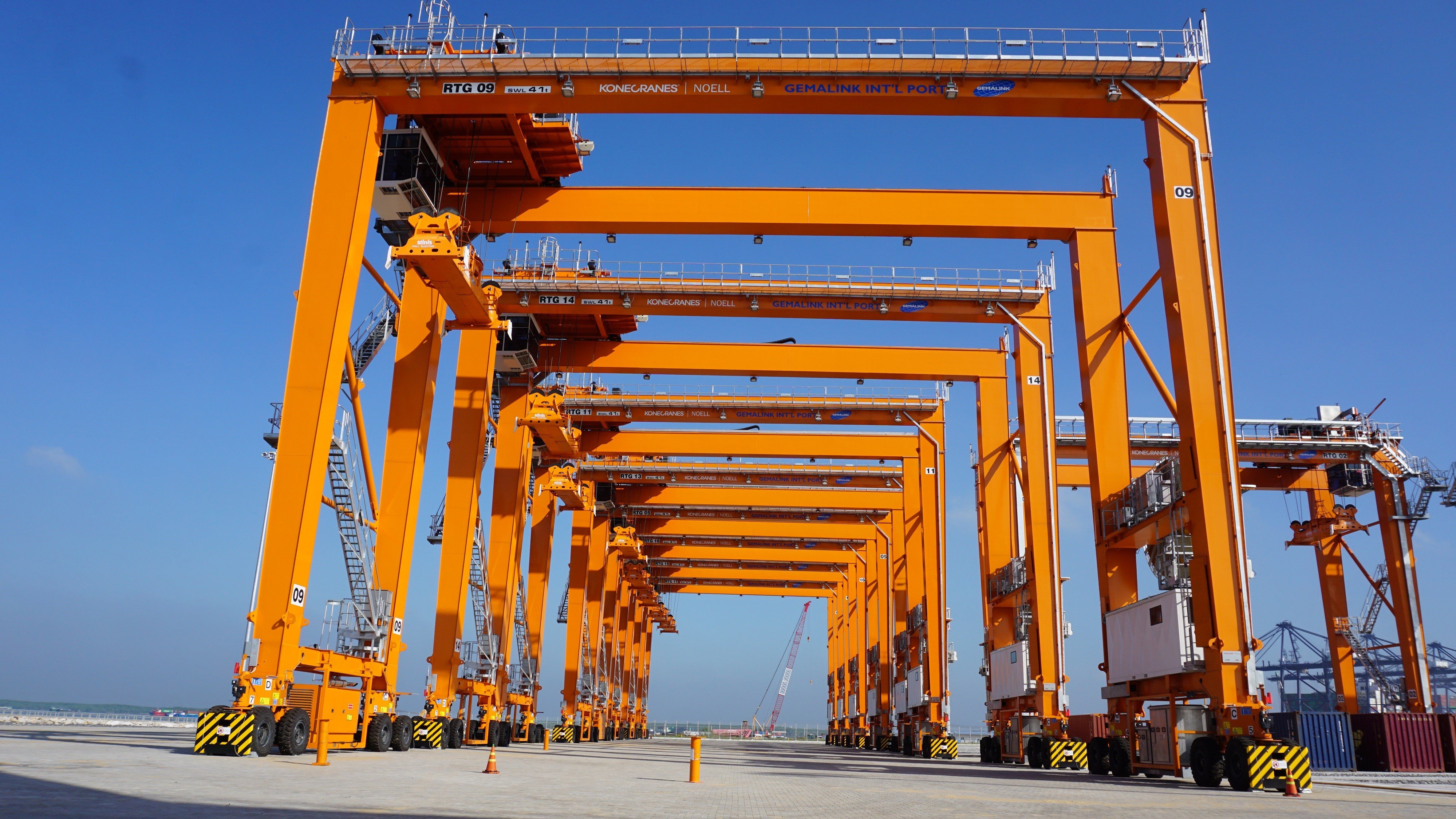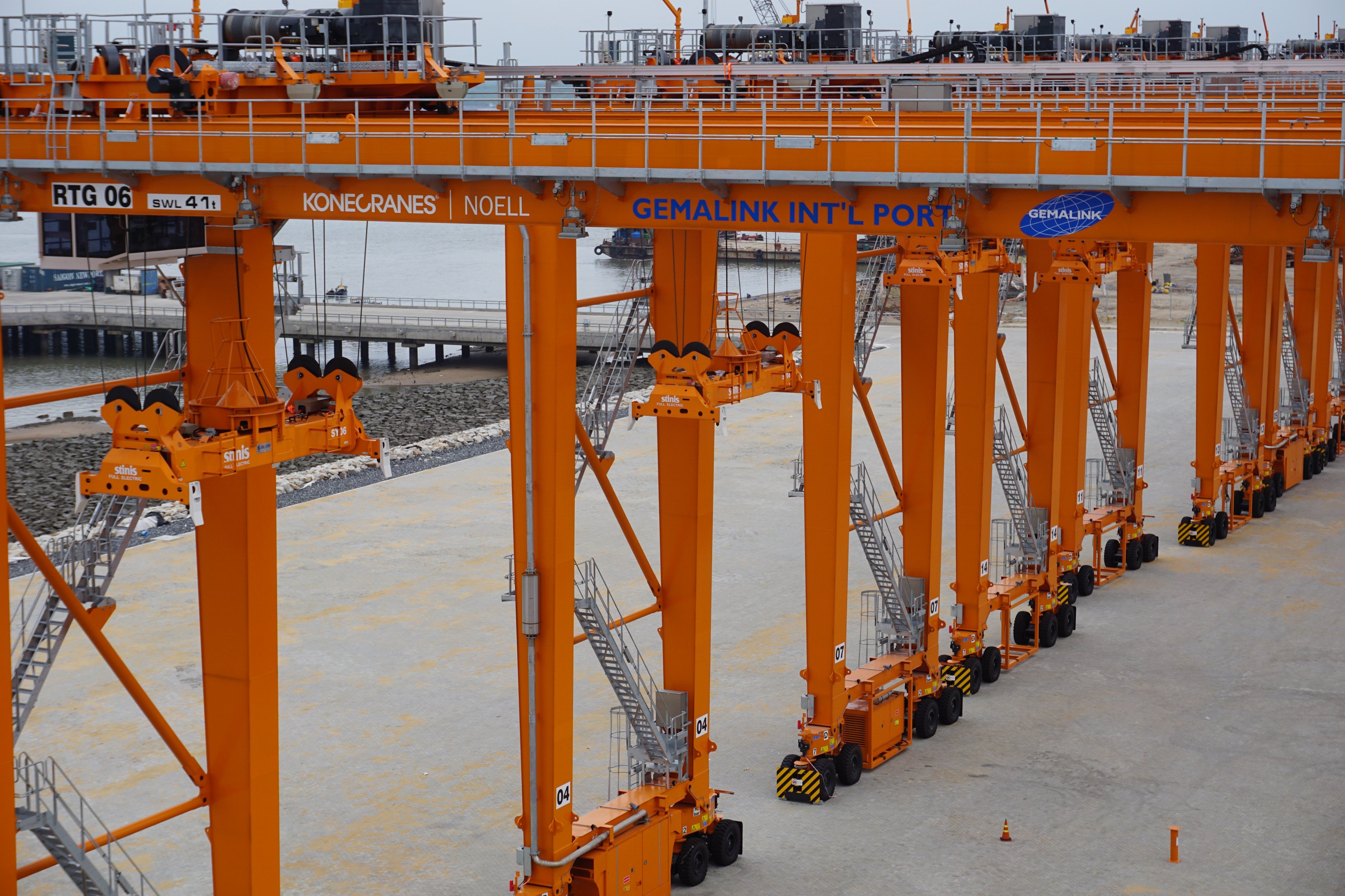The Vietnamese economy has been on the rise for some time, with strong, consistent growth for the last three decades. While the COVID-19 pandemic caused some disruption, recovery looks promising in 2022 as the country offers exciting new manufacturing and supply chain solutions.
The new Asian tiger
After the war, Vietnam reunified in 1975, and it embarked on an extensive program of economic development. Impressively, its mixed socialist-oriented market economy has enjoyed over 5% growth almost every year from 1990 to 2019. This has integrated the country into the global economy as a leading agricultural and manufacturing exporter and an attractive location for foreign investment. The financial press has compared modern Vietnam to the "Asian tigers", the nickname for booming economies in east Asia from the 1960s to the 1990s.
In 2020, at the beginning of the coronavirus pandemic, Vietnam was very successful in controlling local infections, but the fourth wave put significant stress on the economy in 2021 as the Delta variant forced the country into lockdown and factories encountered delays, lost production and closures. However, an accelerated program of COVID vaccinations now puts it on a par with most developed nations.
In addition, new free trade agreements are boosting expectations. Since August 1, 2020, the EU-Vietnam Free Trade Agreement (EVFTA) has been in effect, and on January 1, 2022, the Regional Comprehensive Economic Partnership (RCEP), an agreement between 15 Asia-Pacific nations and the largest trading bloc in history, came into force.
With investment, vaccinations and treaties strongly in their favor, recovery looks likely for Vietnam in 2022, with economists predicting anything from 5% to 6.5% growth in GDP, which is pre-COVID level.
Konecranes in Vietnam
Konecranes is a developing brand presence at ports in Vietnam, with dozens of mobile harbor cranes at harbors across the country, and lift trucks used in a wide range of applications. Now a substantial fleet of RTGs is growing as local customers continue to show a keen interest in Konecranes products. 
Diversified in many different industries, local distributor MIPEC has been a valuable partner, introducing new customers to Konecranes, providing translation services, and offering continuous on-site customer support whenever necessary.
There are three key factors that make Konecranes particularly attractive to the Vietnamese market: the latest lifting technology, opportunities for automation, and an expanding selection of eco-efficient solutions in new cranes as well as retrofits that modernize legacy equipment and bring it up to current standards.
Recently, Konecranes has been working with Gemalink, one of the biggest and most exciting port development projects in Vietnam to date.
Customer spotlight on Gemalink
Gemadept-Terminal Link CaiMep Terminal JSC, also known as Gemalink, is a greenfield deep sea port that opened in southern Vietnam at the beginning of 2021. It is a joint venture between majority shareholder Gemadept Corporation, the leading terminal operator in Vietnam, with a large network of ports and distribution centers, and CMA-CGM, a global worldwide shipping group based in France.
After just one year of operation, Gemalink is already shaping up to be one of the most important transshipment hubs in southeast Asia. Besides an annual 2.4 million TEU capacity and being one of only 19 ports in the world that can accommodate container megaships of 200,000 DWT, it is ideally placed close to Ho Chi Minh City and the Mekong Delta and looks certain to become an essential gateway to the Vietnamese economy.
Cranes are a key part of any port operation, so Konecranes took part in the planning phase of the Gemalink terminal. The first RTGs arrived before opening in 2020, and by July 2022, the port will have 24 Konecranes Noell RTGs in operation.
All of the Konecranes Noell RTGs at Gemalink are 16-wheel machines lifting containers 1-over-5, with 7 container rows and a truck lane. They are fully-electric machines powered by a cable reel for zero local emissions. They are also fitted with a number of Smart Features to improve performance, safety, and durability, including Auto-Steering, to keep the cranes on a preset driving path; Stack Collision Prevention, which uses lasers to avoid accidental bumps; and a Remote Crane Management System (RCMS) to allow operators to manage the cranes from a distance. Digital connections allow semi-automation and extra functionality in the future if and when needed.
In addition to the RTGs, Gemalink also uses Konecranes reach stackers and forklift trucks.
"Gemadept is an ambitious terminal operator with a rapidly expanding portfolio of modern terminals," says Jerry Fann, Sales Director, China, Port Solutions Konecranes. "Success with Gemalink will open big opportunities, both locally and internationally. Konecranes is proud to be one of their partners on that journey, and looks forward to continuing our collaboration well into the future."
What's up next for Vietnam
As Vietnam moves forward in the third decade of the twenty-first century, its prospects are bright. The government is implementing a five-year economic plan from 2021-2025, encouraging digital and sustainable business across the country. Add to this a growing manufacturing sector, enduring political stability and a plentiful, educated and youthful population making things happen in dynamic companies like Gemadept, and Vietnam is an exciting place to be in 2022.
across the country. Add to this a growing manufacturing sector, enduring political stability and a plentiful, educated and youthful population making things happen in dynamic companies like Gemadept, and Vietnam is an exciting place to be in 2022.
Konecranes is an important supplier of port and intermodal container handling equipment with terminal design know-how, a global network of factories for fast and reliable delivery, digital solutions and a stream of technical advances that have drastically reduced energy consumption, emissions and waste - everything that Vietnam needs.
The Vietnamese tiger cub is growing up and showing its economic teeth. Konecranes is honored to be part of its development.
